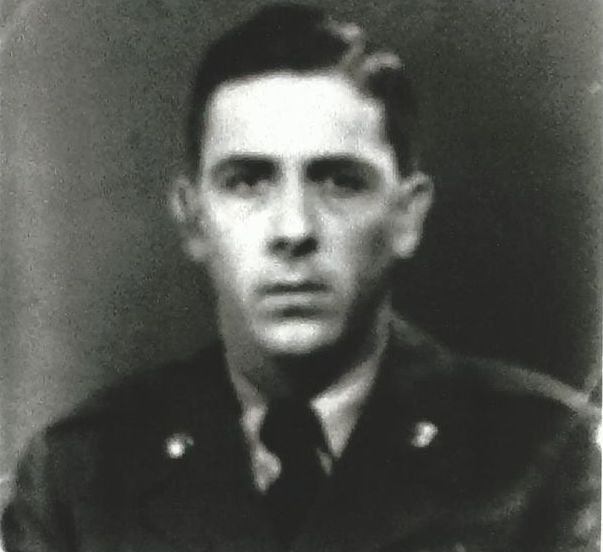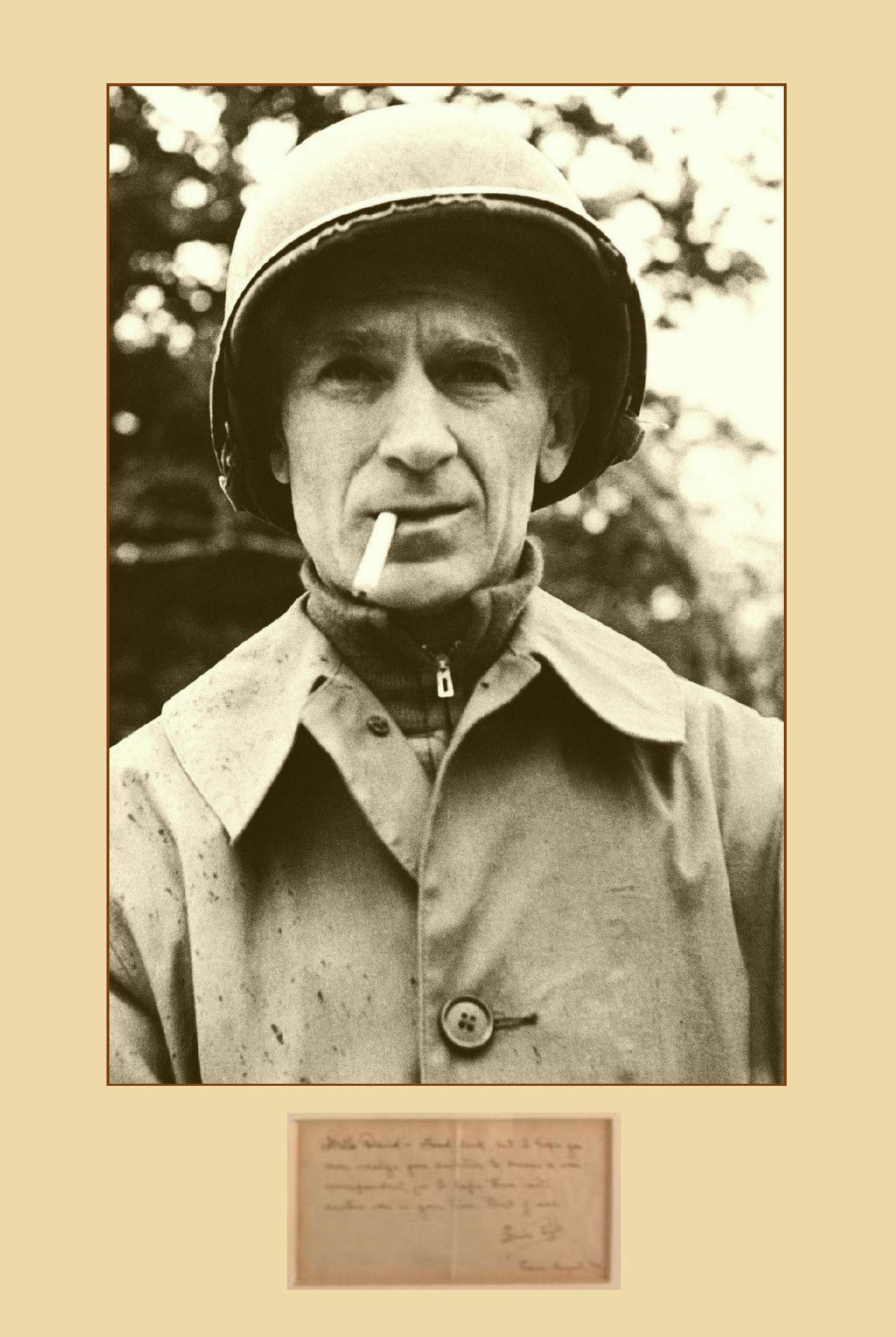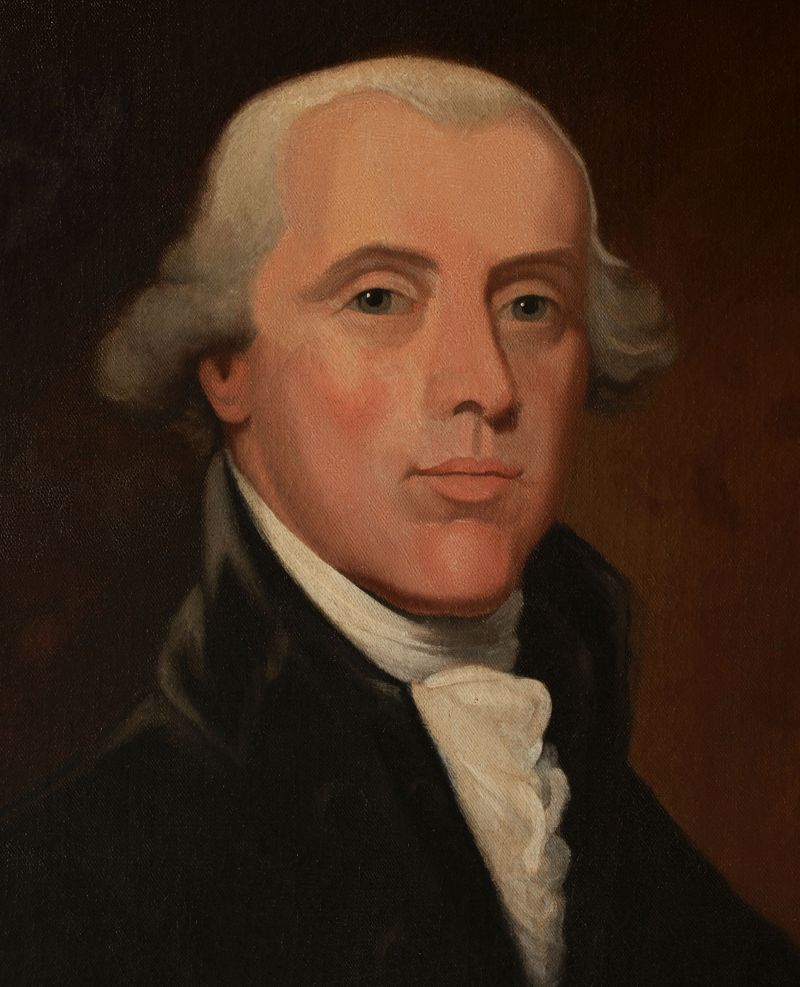
There were more than 1,000 emails and comments on our Facebook page about the article in our Spring issue about the 75th Anniversary of Ernie Pyle's death on Ie Jima (Ie Shima) in the Pacific. Here are some of our favorites.

There were more than 1,000 emails and comments on our Facebook page about the article in our Spring issue about the 75th Anniversary of Ernie Pyle's death on Ie Jima (Ie Shima) in the Pacific. Here are some of our favorites.
I think it's great that American Heritage is stirring, and was pleased to get an email about the latest issue. But I was less enthusiastic about the topic.
Though I understand the idea of "America in Crisis" may have been to show we've been through tough times before (and we'll get through these tough times as well), but in general I just can't take any more crisis. There has been so much debilitating destruction, capped by coronavirus. I sit at home, doing my best to avoid the news, fed up with non-stop crisis.
--Larry Herbst, Pasadena, CA

Near the end of World War II, as my father's fleet tugboat steamed by Le Jima Island off Okinawa in the Pacific, he noted in his journal that this was “where Ernie Pyle was killed.”
That was just one tiny indication of how revered this Scripps-Howard war correspondent was at the time he was killed 75 years ago on April 18, 1945 by a Japanese machine gunner on the island.
Many journalists are admired for the work they have done, but few were as beloved across the United States for bringing the humanity and truth home to readers by reporting it through the eyes of the average GI.
Editor's Note: Juan Williams is a journalist and political analyst for Fox News and writes for The Washington Post, The New York Times, Atlantic Monthly, and other publications. He interviewed Justice Marshall extensively while he was still alive and published a biography, Thurgood Marshall: American Revolutionary, from which this was adapted.
Rumors flew that night. Supreme Court Justice Tom Clark had resigned a few hours earlier. By that Monday evening, Solicitor General Thurgood Marshall and his wife, Cissy, heard that the president was set to name Clark’s replacement on the Court the very next morning.
At the Marshalls’ small green townhouse on G Street in Southwest Washington, D.C., the phone was ringing. Friends, family, and even politicians were calling to see if Thurgood had heard anything about his chances for the job. But all the Marshalls could say was that they had heard rumors.
Editor’s Note: Stephen Fried is a journalist and bestselling historian. He adapted the following essay from his recent book on America's first famous physician, Rush: Revolution, Madness, and Benjamin Rush, the Visionary Doctor Who Became a Founding Father (Broadway Books).
